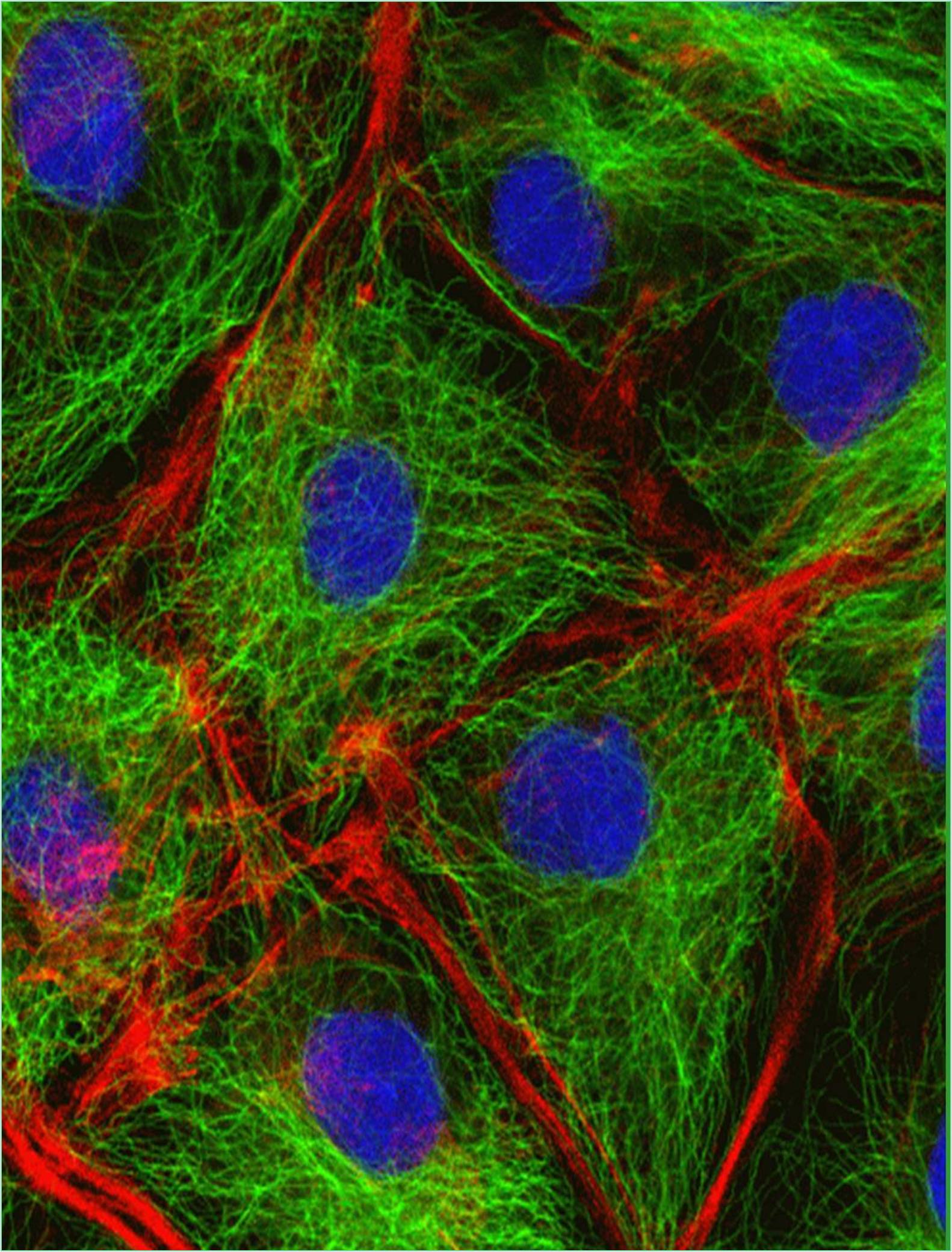



Received: 18-Jul-2022, Manuscript No. GJCMB-22-72256; Editor assigned: 21-Jul-2022, Pre QC No. GJCMB-22-72256 (PQ); Reviewed: 04-Aug-2022, QC No. GJCMB-22-72256; Revised: 11-Aug-2022, Manuscript No. GJCMB-22-72256 (R); Published: 18-Aug-2022, DOI: 10.15651/gjcmb.22.10.007
Biological activities and an organism's capacity to adapt to metabolic stress deteriorate with age, senescence or gradual physiological changes in an organism. Ageing happens over time in a cell, an organ or the complete body. It is a process that occurs throughout the entirety of an organism's adult life. Understanding which cellular programs are involved in ageing and how their dysregulation drives senescence and decline will be necessary to extend human longevity. The specific proximal etiologies of many degenerative illnesses linked with ageing, such as protein aggregation, disruption of mechanisms that control healthy ageing, such as autophagy and proteostasis. Basic biology of ageing, significance of such cellular processes in the setting of Alzheimer's disease and Parkinson's disease will help immediately improve the quality of life of an ageing population who are at high risk for these diseases.
There are several key mechanisms that control cellular health relationship between these disorders and ageing, nucleus of the cell where chromosome struct ure and organization, transcriptional regulation and protein translation begin. Each regulatory system receives data from every other regulatory system, resulting in a complex web of regulation that manages cell ageing.
Telomere and Chromosome Regulation
Each chromosome is capped by a repeated segment called a telomere, which guards against oxidative damage and shortening brought on by end-replication issues on the lagging strand. In mice and zebra finches telomere length which is inversely connected with lifetime and the pace at which short telomeres accumulate are predictors of lifespan and telomere length is longer in creatures that live the longest. The relationship between long telomeres and enhanced stress tolerance in Caenorhabditis elegans and increased stress induced telomere shortening in humans recommend that the regulation of telomere length is a predictor of longevity and is regulated by factors that are associated to longevity.
The Hayflick limit also known as replicative senescence is the point at which mammalian cell cultures enter senescence. Cellular senescence results from the telomeres getting shorter throughout each replication. The shortening of telomeres has been linked to a number of age-related traits, including innate immune decrease and even protein disorders like Alzheimer's disease.
Transcriptional Regulation
The coordination of the activation of several genes to lengthen lifespan depends on transcriptional control. The majority of cellular functions that influence lifespan are controlled at the transcriptional level by highly conserved signaling networks such as the IIS and TOR pathways, which control gene expression in response to stress and nutrition availability stimuli. The PQM-1 and DAF-16/ FOXO transcription factors which localize to the nucleus in a mutually exclusive manner and either promote growth or longevity respectively, as their mutually exclusive nuclear localization breaks down with ageing are the main transcription factors regulated by the IIS pathway in C. elegans. These pathways downstream targets include genes involved in the control of cellular health. The cytoskeletal integrity, heat stress resistance and protein quality control are all governed by the heat shock factor HSF-1, which has an impact on the lifespan of the C. elegans worm. The extracellular collagen matrices are controlled by the Nrf/SKN-1 transcription factor which also promotes lifespan.
Protein Translation
Down-regulating protein translation in response to decreased nutrient availability lengthens lifespan in many organisms, including worms and flies, via TOR signaling in Dietary Restriction (DR) regimes and IIS/FOXO signaling. Protein translation is a crucial control mechanism in longevity regulation. The loss of ribosomal-protein S6 kinase (S6K)/rsks-1 and the deletion of eukaryotic initiation factor 4F (eIF-4F)/ife-2 enhance lifespan in C. elegans. Loss of eIF-4E/ife-2, S6K/rsks-1 or TOR signaling also promotes heat stress resistance.
Extracellular Matrix and Cell Membrane
The membrane allows extracellular signals to enter and exit the cell. As cells age, they develop geometric aberrations that can alter the surface texture of aged erythrocytes. These aberrations are caused by cytoskeleton breakdown and stress. With ageing cell signaling pathways that promote lifespan are disrupted due to dysregulation of cell signaling molecule recycling in the cell membrane.
The Extracellular Matrix (ECM) has a significant role in health and lifespan and serves as a marker for cellular health. Invertebrates and humans share a common mechanism for controlling collagen an element of the ECM. In C. elegans collagen expression declines with ageing and daf-2-mediated lifetime extension depends on the control of certain collagens. Humans that are ageing also experience glycosylation and other proteome damage to the ECM proteins.